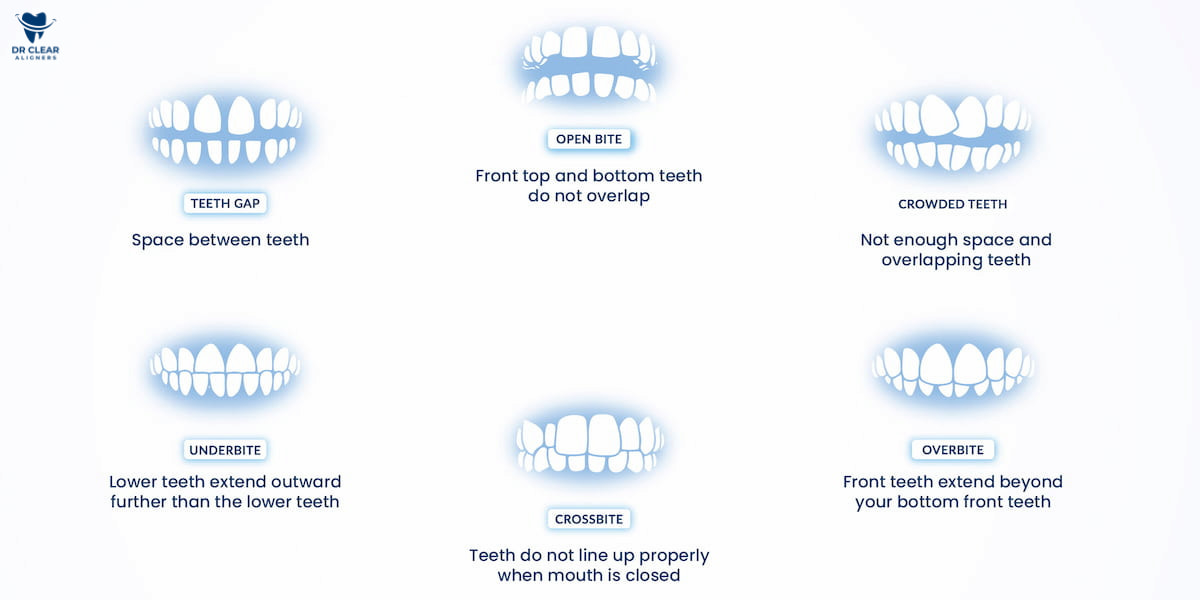TEETH - STRAIGHTENING TREATMENT
SERVICES
RESOURCES
SHOP
MEDICAL CERTIFICATIONS
Certifications ensuring safety, quality, and compliance with global standards.
Certifications ensuring safety, quality, and compliance with global standards.
Are you constantly experiencing discomfort while eating, speaking, or simply dissatisfied with the appearance of your teeth? These could be signs of malocclusion. The term ‘malocclusion’ might sound technical, but it simply refers to a dental condition where your teeth are misaligned.
There are 6 different types of malocclusions:
1. Overbite
2. Underbite
3. Open bite
4. Overcrowded
5. Crossbite
6. Gap Teeth
If you’re unsure which type you may have, we will explain more in this article. Understanding your specific misalignment problem can help your dentist choose the best course of action for you.
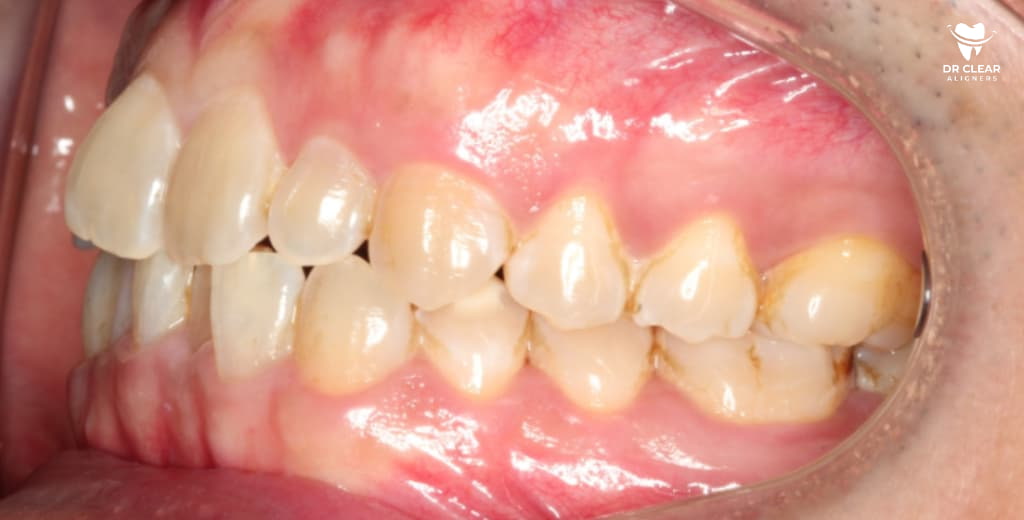
An overbite is a common form of malocclusion where the upper teeth extend over the lower teeth. If your teeth follow a similar pattern, you may be dealing with an overbite. Let’s explore the causes of overbite to help you better understand this type of teeth misalignment.
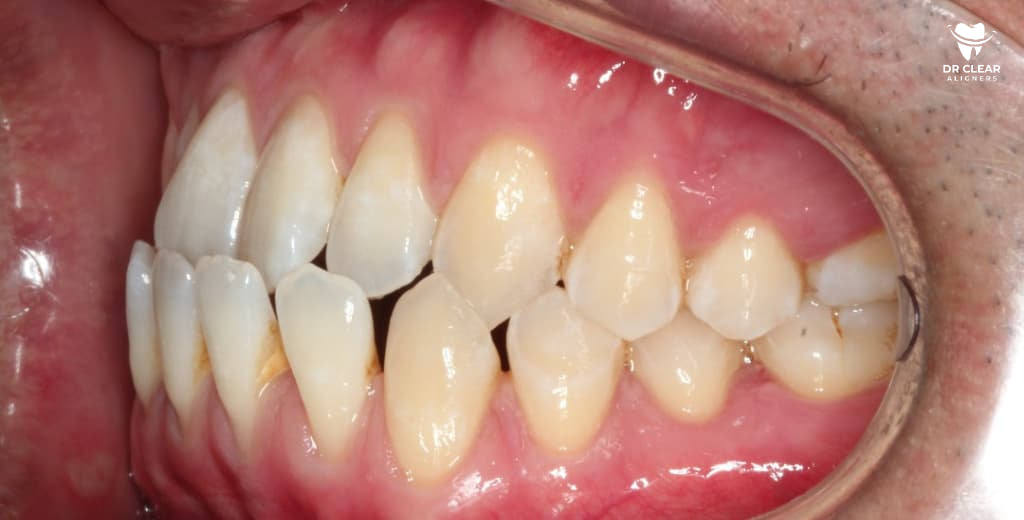
An underbite is a type of dental malocclusion where the lower teeth extend beyond the upper teeth. This condition can lead to various issues, such as difficulty chewing and an increased risk of developing conditions like sleep apnea.
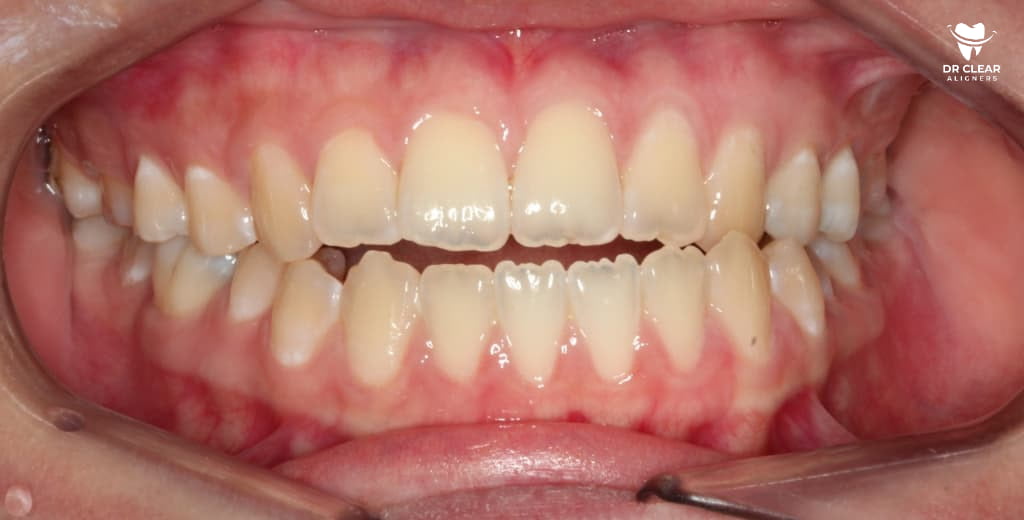
An open bite refers to a type of teeth misalignment where the upper and lower teeth do not touch when the mouth is closed. In severe cases, this condition may require surgical intervention to correct the jaw alignment.
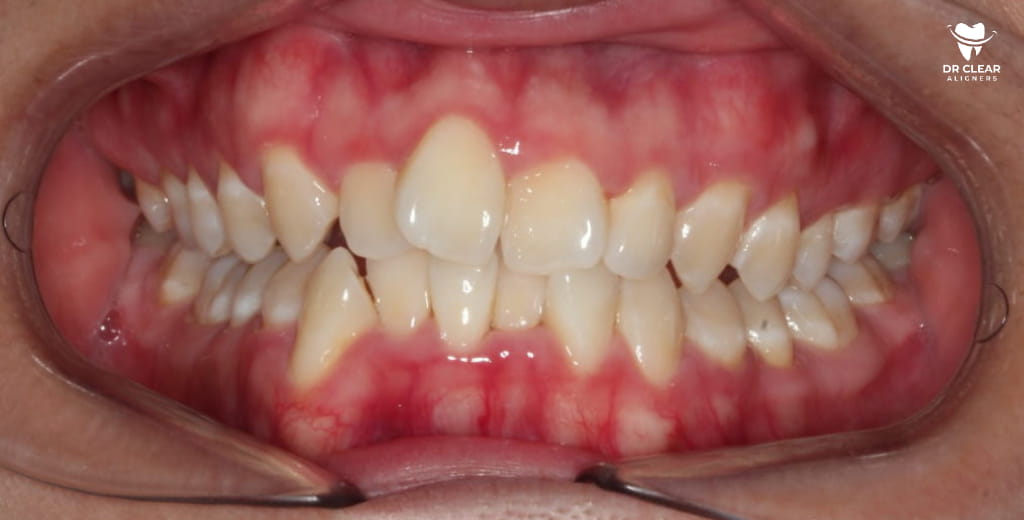
Crowded teeth, also known as crooked teeth, occur when there isn’t enough room in the mouth for the teeth to align properly. As a result, the teeth may shift, overlap, and crowd together.
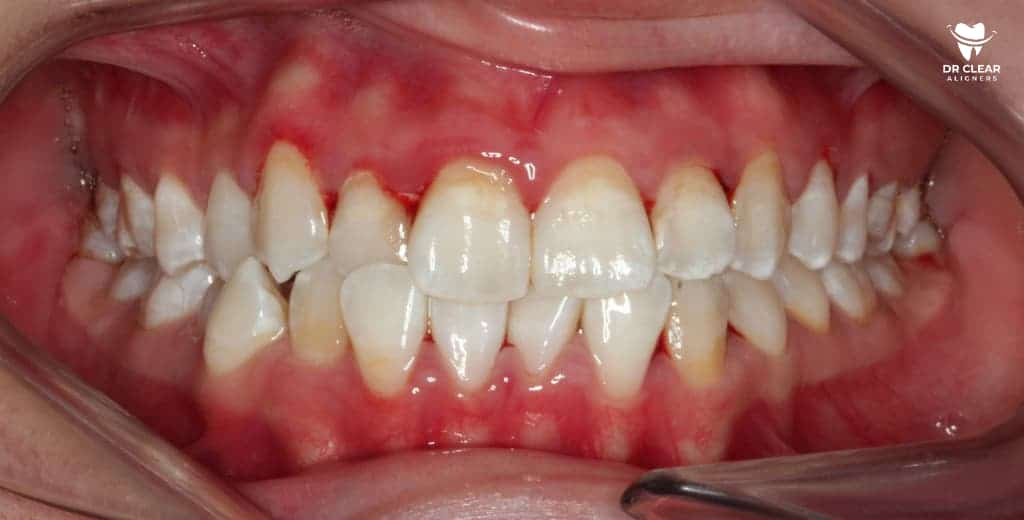
A crossbite is a type of teeth misalignment where the upper teeth do not align properly with the lower teeth when the mouth is closed. It occurs when one or more of the lower teeth extend past the upper teeth.
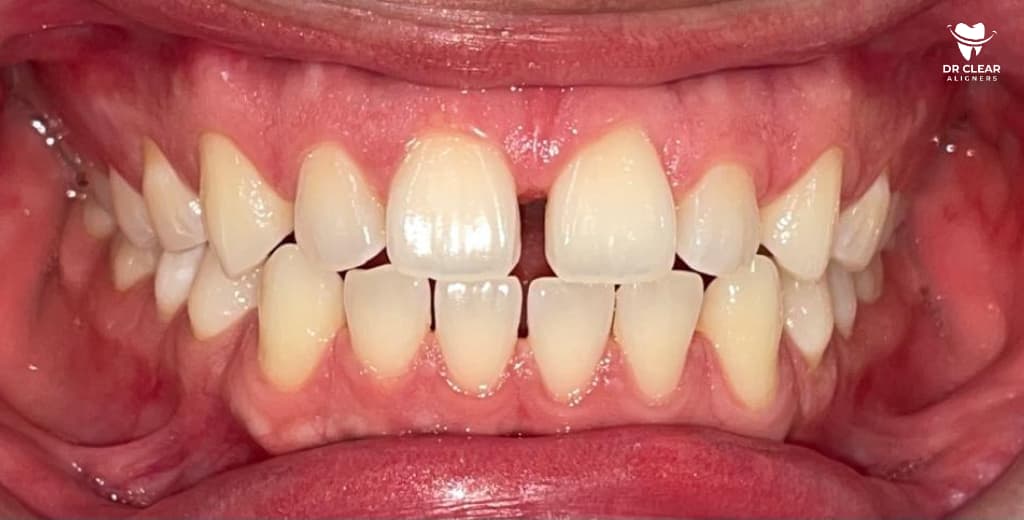
Gap teeth, also known as diastema, are characterised by a visible space between two teeth. This gap can occur between any teeth but is most commonly seen between the two front teeth.
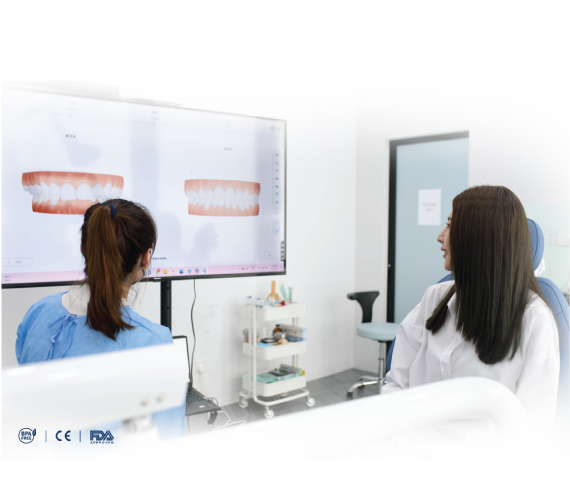
Now that you’re more familiar with types of malocclusion, you might want to know about potential treatments for these bite problems. Misaligned teeth treatment varies depending on the type and severity of the condition.

You have probably heard of metal braces before. It is an orthodontic device that will be able to help align your teeth back into position. It works by attaching the metal brackets to the teeth and having the wire hold them together with coloured rubber bands. They are the most commonly used treatment for malocclusion problems.
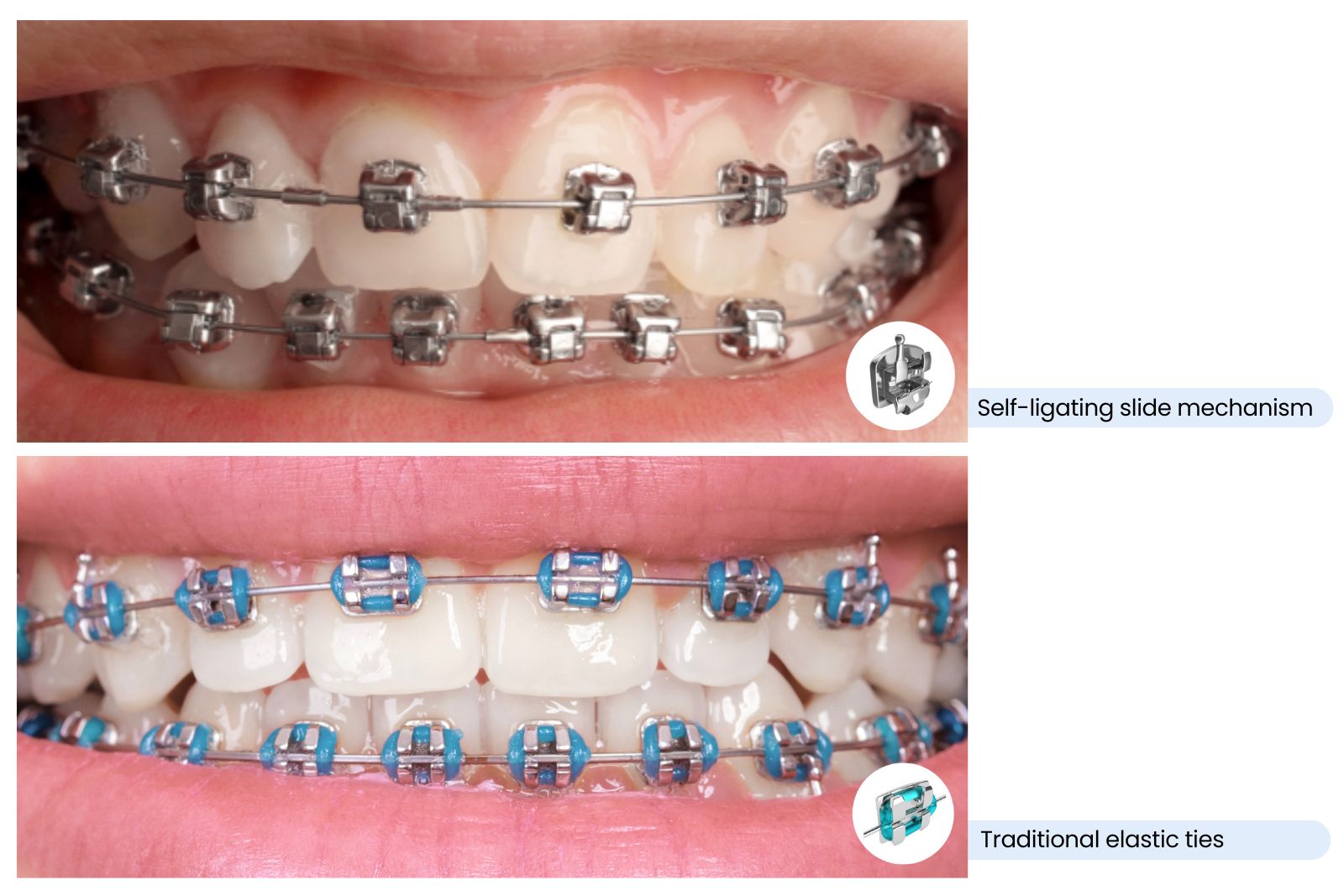
Self-ligating braces work exactly like metal braces except that they do not use rubber bands. Metal braces require rubber bands to connect the metal brackets, but self-ligating braces require clips to hold the wires to the bracket. Due to this, these braces won’t look as noticeable as compared to traditional braces.
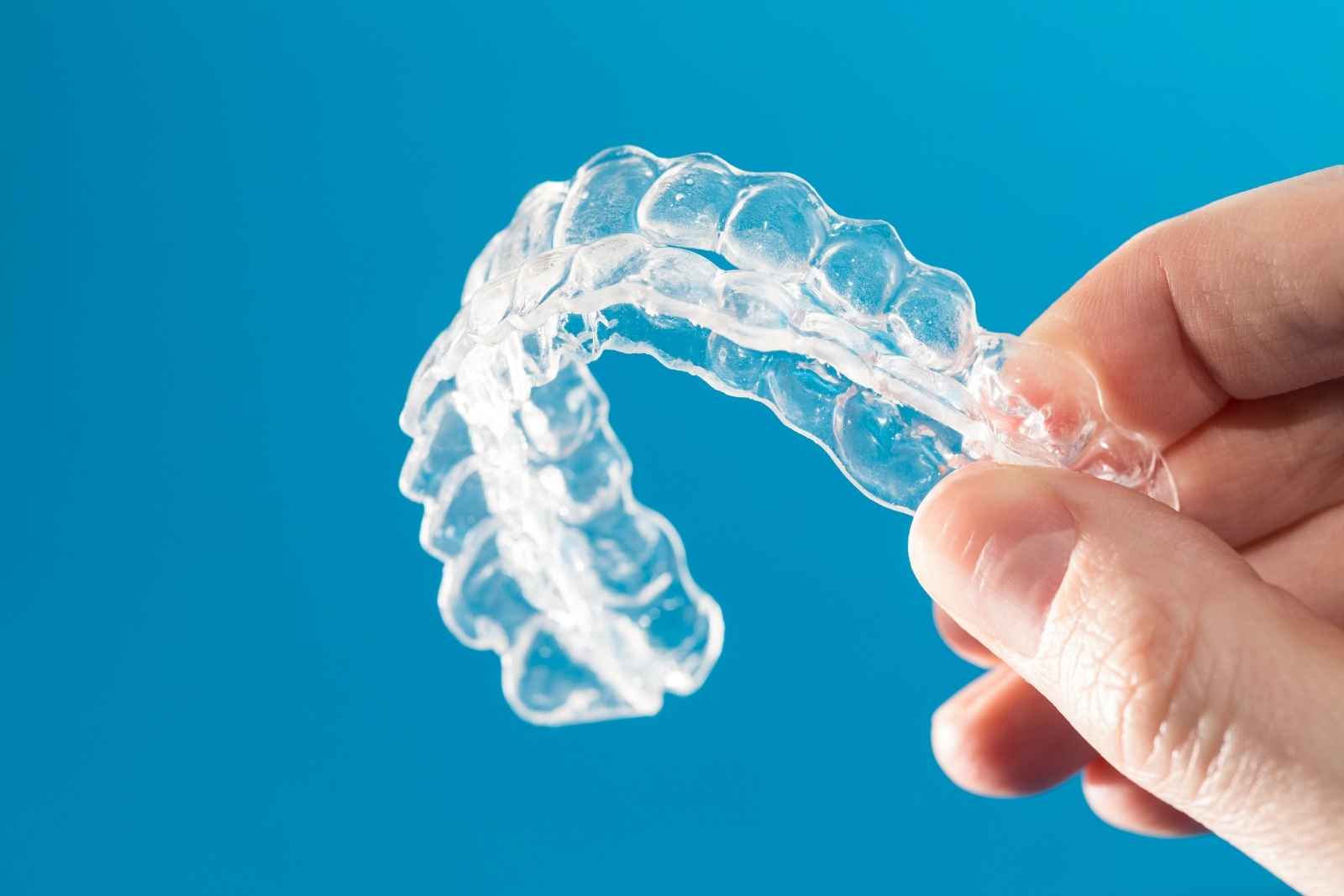
Then, there are invisible braces (also known as clear aligners). This dental appliance is a more recent development in orthodontics. They are a series of transparent, custom-made, removable braces that fit over your teeth. In comparison to conventional braces, it does not require wires and brackets, which makes it less noticeable. Aligners are suitable for patients who have mild to moderate cases of malocclusion.
The images above depict real-life cases of overbite and crowded teeth patients who wore aligners for nine to eleven months. If traditional braces are not your thing, you might want to consider this as your option.
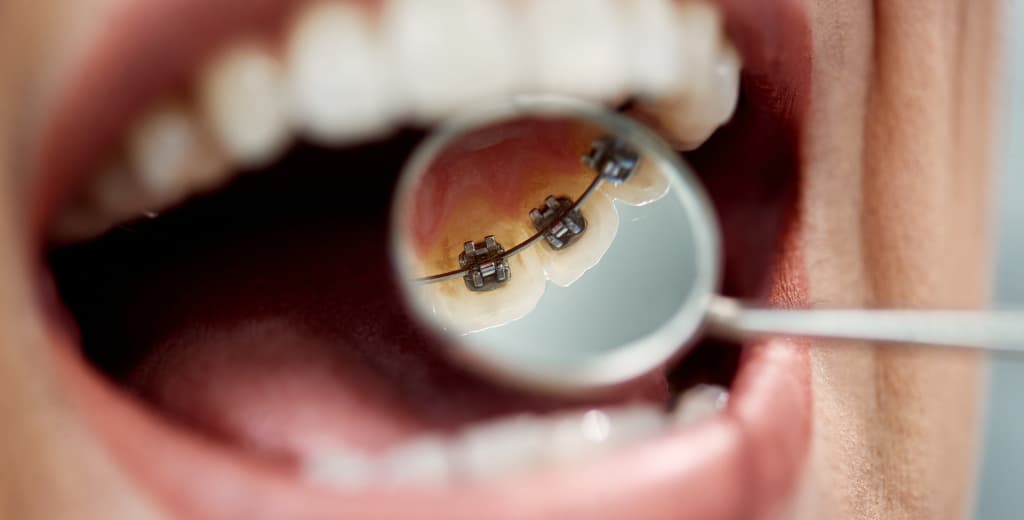
Lingual braces, like conventional braces, straighten your teeth by exerting pressure on them. However, they are attached to the back of the teeth rather than the front. With more discretion, they provide the same effectiveness as normal braces.
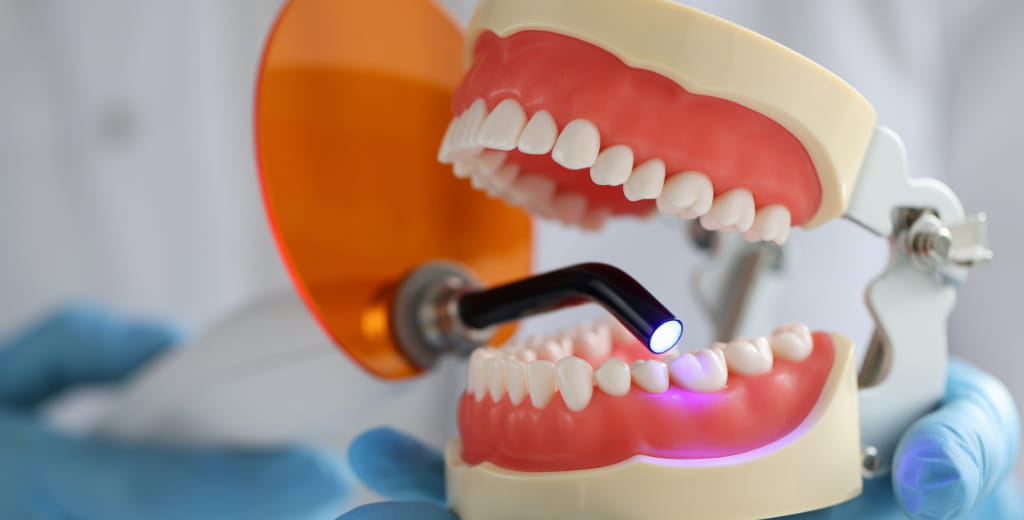
In severe cases of malocclusion or where non-surgical treatments have failed, surgery may be necessary. This is a major procedure, involving the realignment of the jaws to correct the malocclusion. This treatment is often followed by orthodontic treatment to fine-tune the position of the teeth.
Before deciding on a treatment, it is always better to consult with your dentist. They can advise you on which treatment is best for your teeth worries. This is because teeth misalignment treatment can vary depending on the severity of your teeth conditions.
If you’ve been meaning to get your teeth aligned but have been putting it off, feel free to take our Free Smile Assessment to see if you’re suitable for our clear aligners, or you can read more about them.
Get a free consultation with your orthodontist today to explore your options and take the first step towards achieving the smile of your dreams. Your journey to a confident smile starts now!
What Is IPR? Interproximal reduction, often referred to as IPR, is a common technique employed in modern orthodontics to create ...
1 December 2025
Mouth breathing is more common than people think, and many don’t realise they’re doing it, especially while sleeping. Whether you’ve ...
24 November 2025
Have you noticed your smile looking a little dull lately? It’s very common for teeth to change colour over time, ...
17 November 2025
Have you ever woken up with a dry mouth or a scratchy throat? It’s uncomfortable, and sometimes even sipping water ...
12 November 2025
Cavities and tooth decay are among the most common oral health problems worldwide. They occur when the hard surface of ...
3 November 2025

